Matriarchs of Minoan Crete: Unearthing the Legacy of Minoan Women
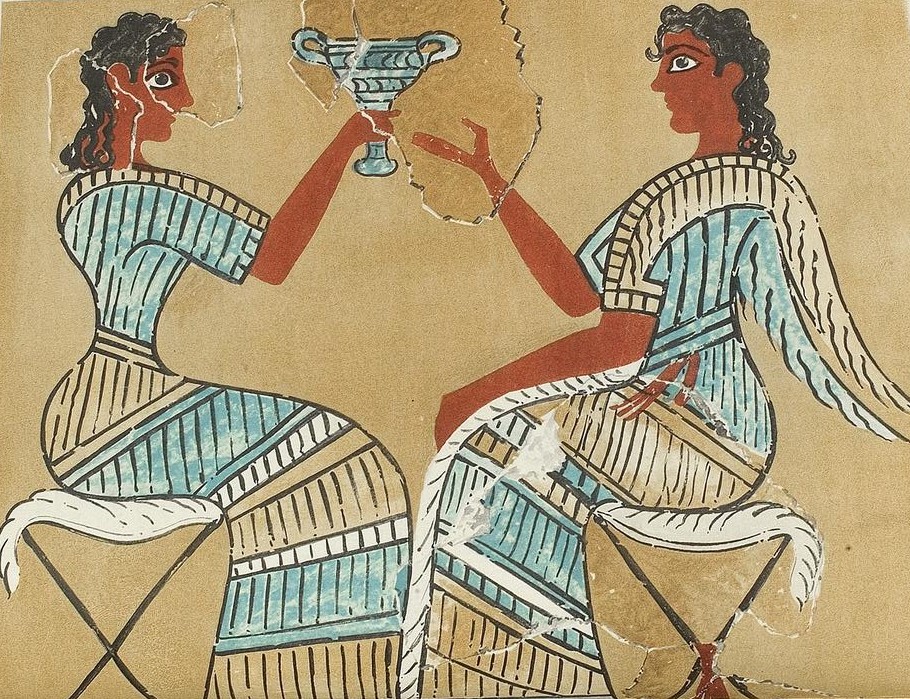
Venture back to a time when the island of Crete was a canvas for one of history’s most enigmatic cultures – the Minoans.
Renowned for their labyrinthine palaces and advanced society, the Minoans also harbored a remarkable aspect that set them apart: the prominence of women in their societal structure. This article delves into the world of Minoan Crete to uncover the fascinating role of women rulers who shaped an entire civilization.
The Minoan Civilization rose as a beacon of culture and sophistication, with Crete as its pulsating center. Among their many forward-thinking societal norms, one that stands out is the significant role of women. This exploration into Minoan Crete reveals the power and influence wielded by women rulers, whose legacies fascinate scholars and travelers alike.
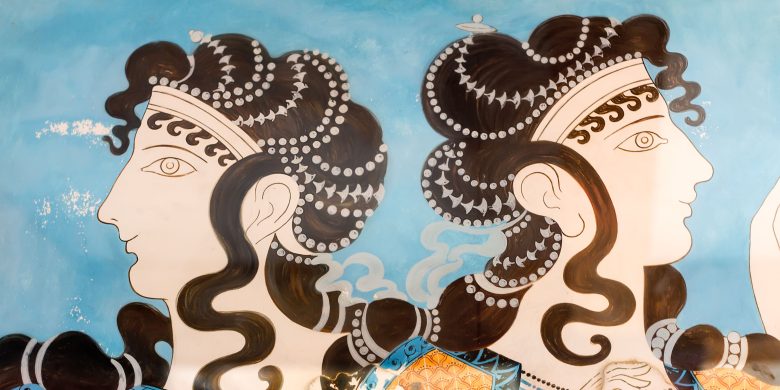
Minoan Women: The Pillars of Ancient Society
The Minoan civilization thrived from approximately 2600 to 1100 BC, with women playing pivotal roles in religion, culture, and possibly even governance. Frescoes and artifacts unearthed portray women in positions of reverence and power, suggesting a society where gender roles were viewed differently from contemporaneous civilizations.
The Minoan Matriarchy: A Cultural Paradigm
The societal fabric of Minoan Crete was richly woven with the threads of female authority. Evidence suggests that women participated actively in various aspects of society, including religious rites, trade, and art. The iconic image of the bare-breasted Minoan Goddess, a symbol of motherhood and fertility, underscores the cultural importance of womanhood in Minoan times.
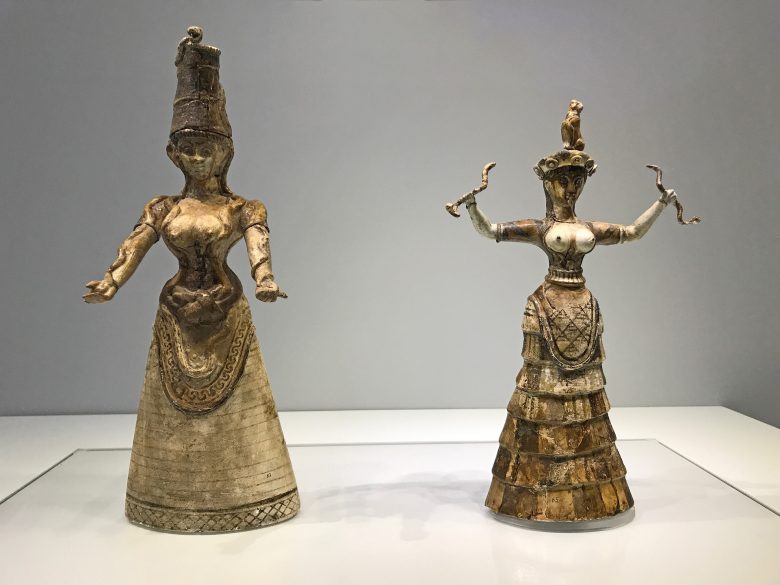
Goddesses and Priestesses: Spiritual Leaders of Crete
Religion in Minoan Crete was characteristically female-centric, with goddess worship at its core. Priestesses, often depicted with open arms in a gesture of divine power, were likely influential figures, managing religious ceremonies and possibly advising on state affairs.
Minoan religion was deeply entrenched in the veneration of goddesses, with deities such as the Snake Goddess representing aspects of nature and femininity. These divine figures were more than just objects of worship; they were integral to the Minoan understanding of the world order, with priestesses serving as their earthly intermediaries.
Beyond Mythology: The Real Women of Minoan Crete
Moving past the mythical tales of Minos and the Minotaur, real women likely held sway in the Minoan court. Administrative records and luxurious goods designed for female use display their influence, hinting at the wealth and status women enjoyed.
While the famous King Minos is often associated with Minoan Crete, archaeological findings suggest that queens may have ruled alongside or even independently. The opulent grave goods of priestess-queens, often buried with symbols of power, reveal the respect and reverence these women commanded.
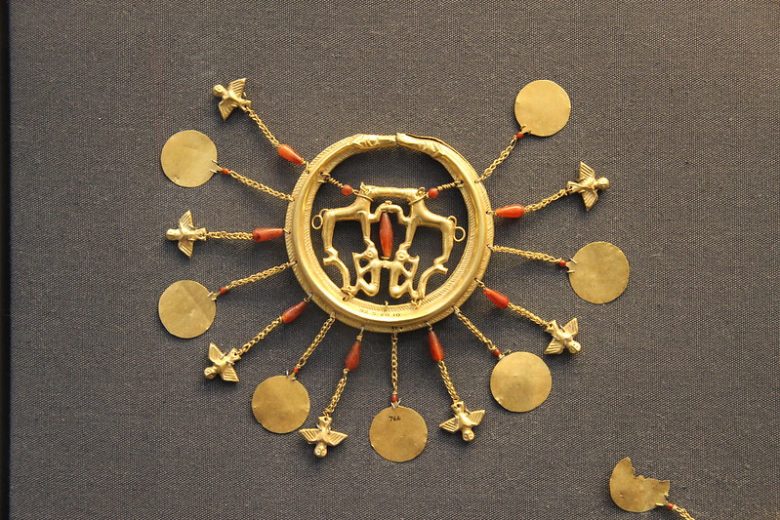
Influential Minoan Women: Economy and Artistry
Minoan women’s influence extended beyond the spiritual realm into economics and craftsmanship. Moreover, the intricately designed pottery, seal stones, and frescoes feature women in prominent roles. This indicates their involvement in creating and trading goods, shaping the Minoan economy.
Emerging evidence further suggests that women in Minoan society received an education. Consequently, they likely added to Minoan literature and learning. Additionally, these women may have spread knowledge and culture. Indeed, their role supports the value placed on female intellect in Minoan society.
The Echoes of Minoan Femininity
The legacy of Minoan women continues to resonate today. Providing a powerful narrative on the capabilities and achievements of women in ancient civilizations. Their impact is a beacon for modern discussions on gender equality and historical reinterpretation.
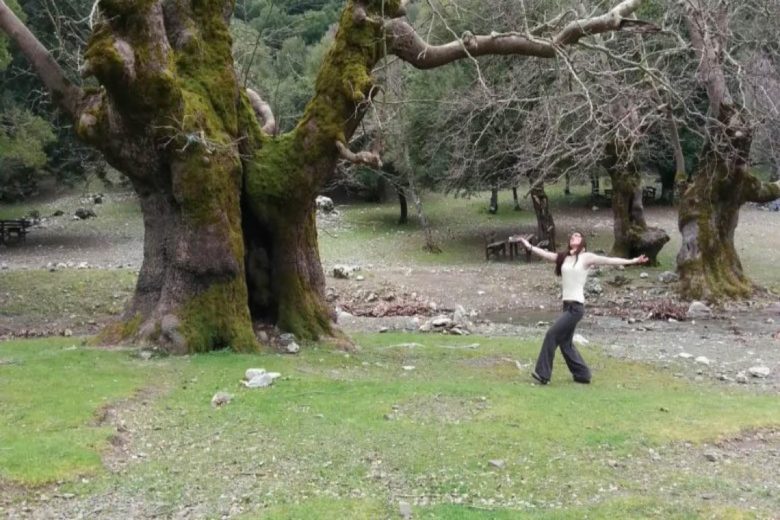
The Legacy of Minoan Women Today
The echoes of Minoan women’s leadership transcend time, offering inspiration for modern perspectives on gender roles. Their legacy is a testament to the diverse forms of governance and social organization that have existed throughout history.
